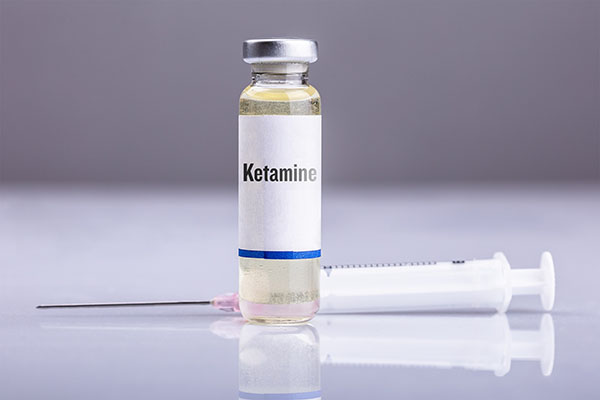
Ketamine

Ketamine is a medicine that is often used as a drug. It is an antagonist used for anesthesia and analgesia. The drug causes hallucinations. As a result of prolonged use, there is a dependence.
Formula: C13H16ClNO. The drug is available in the form of a crystalline powder of milky color. The composition is easily soluble in water or alcohol. You can also purchase the drug in the form of liquid and tablets.
History of Ketamine
The drug was first synthesized in the 60s in the United States. The scientist was engaged in the development of an anesthetic that does not harm human health and is neurotoxic. A few years later, the tool began to be used in medical institutions.
In 1969, the substance was first given to the military, who were involved in operations in Vietnam.
The drug was widely used in 1970. Doctors used the drug for patients with psychological and other problems. At the same time, active studies of side effects that arose as a result of frequent use of the composition were started.
In the late 70s, interest in the drug shifted to another plane. Drug dealers and addicted people drew attention to the remedy. The books of famous authors, which described the effect of the drug and the vivid sensations obtained after use, fueled interest.
The drug ketamine is actively distributed throughout the world. Along with this, the number of deaths from the substance is growing.
As a result, the tool began to be massively banned in different states. The complexity of the acquisition led to a decrease in drug demand.
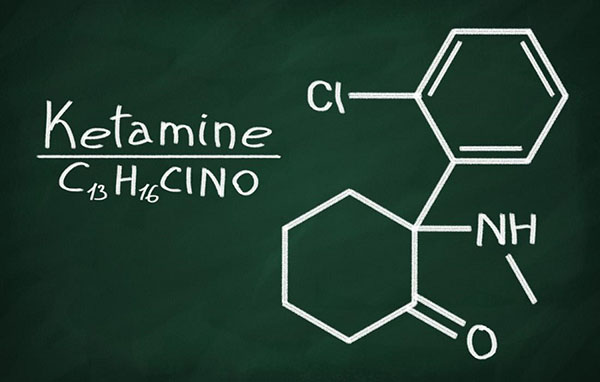
Ketamine in medicine
However, for medical purposes, the drug is still used. So, it is used in the following cases:
analgesia with minor surgical interventions;
treatment and extraction of teeth;
burn treatment;
during transportation of a patient with painful sensations to a medical facility;
pain shock.
The drug is used for medical purposes, when it is forbidden to use other means.
Signs of Ketamine
It is possible to recognize a drug addict who is using a substance by characteristic signs:
increased muscle tone;
erratic movements of the arms and legs;
impaired coordination of movements;
hallucinations;
change in skin tone in the area of the needle;
disruption of the speech apparatus;
unmotivated aggression;
confusion of consciousness;
nausea and vomiting;
impaired appetite;
sleep disturbance;
depressive states;
a sharp change of mood.
Symptoms occur after only a few weeks of taking the drug regularly. Over time, problems worsen. Hallucinations provoke the development of phobias. In some cases, under the influence of a drug, a person makes a suicide attempt to get rid of an obsession.
Effect on the body
The drug affects the nervous system and human brain cells. After the introduction of the substance, the drug addict experiences euphoria. Following her, the patient feels a surge of energy and strength. In some cases, on the contrary, the body relaxes.
Taking the drug is accompanied by hallucinations. However, very quickly positive emotions give way to negative ones. Instead of a surge of strength comes weakness. The mood changes to depressive. The patient is visited by heavy thoughts. He has to face brutal reality.
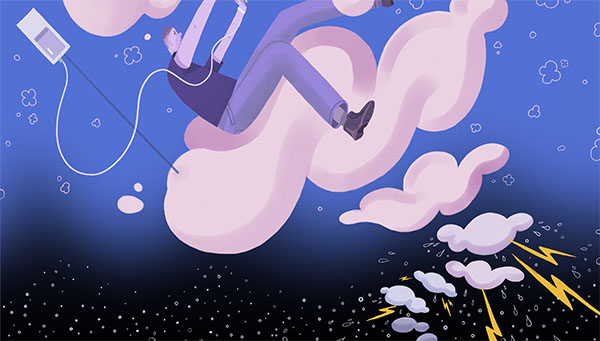
How does addiction develop
A narcotic drug quickly causes persistent physical and psychological dependence. Attraction is formed in just a few weeks of use. After six months of use, the addict has a physical need to introduce the next dose.
Lack of drug leads to breaking. The patient experiences physical pain, to eliminate which it is necessary to inject the substance again and again.
Over time, the body gets used to the drug. To achieve the effect, you need to constantly increase the dosage.
The effects of ketamine can be severe. Dependence is accompanied by:
problems with the digestive tract;
violation of the genitourinary sphere;
psychological problems;
schizophrenia
increased convulsive activity;
an ulcer;
coronary heart disease, heart attack, cerebrovascular accident;
decreased intellectual ability;
impaired liver function and its destruction;
suppression of respiratory function.
With the simultaneous use of drugs and alcohol, the consequences can be irreversible and even tragic.
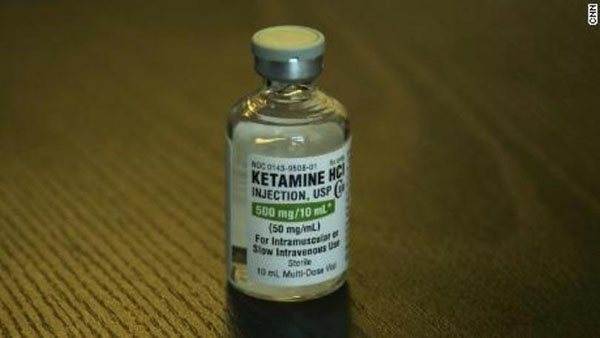
Help with an overdose of ketamine
An increase in the dose of the substance causes an overdose. As a result, it is important to take appropriate action in a timely manner.
Overdose can be recognized by a number of symptoms:
vomiting
loss of consciousness;
yellowing of the skin and sclera;
lack of coordination, staggering gait;
difficulty breathing
impaired motor function;
heart failure.
An overdose often leads to a disruption in the supply of oxygen to the brain, and suppression of respiratory function.

 Cannabinoids
Cannabinoids 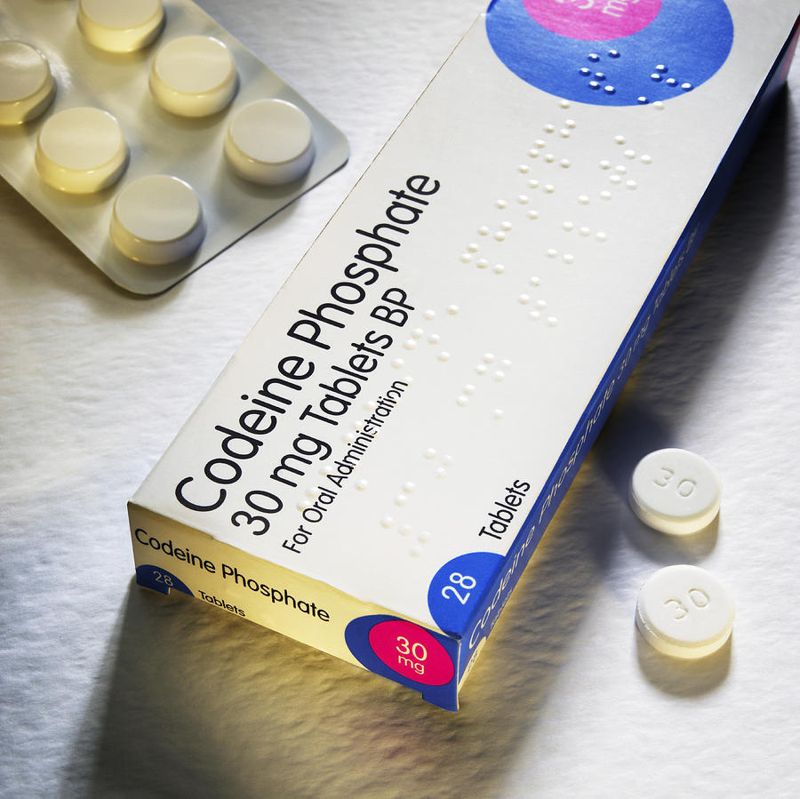 Codeine, Dihydrocodeine
Codeine, Dihydrocodeine  Barbiturates
Barbiturates  Opium antagonists
Opium antagonists  Fentanyl
Fentanyl  2C-B
2C-B  PiPTapentadol
PiPTapentadol  Methoxptamine (MXP)
Methoxptamine (MXP)  Nortilidine
Nortilidine  2-Me-PiHP
2-Me-PiHP
Hello not sure why you don’t have prices and how much like how much is ten grams of ketamine and how much is the liquid vials? Also what’s the price for Ro4-1539
Please be more careful, the prices are listed on the product page